- Home
- Blog
- Personal Finance
- How to Protect Your Foreign Currency Account Easily
How to Protect Your Foreign Currency Account Easily
Personal Finance
13 February 2025
DNBC Team
This article is a part of DNBCGroup Blog Center
Contact DNBCGroup for the technology news, tips, trends, and updates.
Managing a foreign currency account is a smart financial move, especially for those frequently transferring money to foreign bank accounts or investing in multiple currencies.
However, with great financial power comes great responsibility - or at least, a few potential risks to be aware of.
According to a report by Statista, the global market for cross-border payments is expected to reach $250 trillion by 2027, growing at a CAGR of 5%. With so many transactions around the world, protecting your funds has never been more crucial.
If you’re wondering how to open foreign currency account and keep it secure, this guide will help you safeguard your funds while keeping the process smooth and enjoyable.
Tips for peace of mind with your foreign currency account
A foreign currency account allows you to hold, send, and receive funds in different currencies, helping you avoid conversion fees and manage international transactions more efficiently.
However, it also opens the door to cyber threats, unauthorized access, and phishing scams if not managed securely. So, how do you keep your account safe?

Let’s break it down into practical steps.
I. Account security enhanced
When managing your foreign account or transferring money to foreign bank account, security is the first line of defense.
Cyberattacks and fraudulent schemes are more common than you think, making it crucial to secure your account with the following best practices:
1. Use strong and unique passwords
Passwords are the foundation of account security. Weak or reused passwords can be easily compromised.
Here's how to create a strong and secure password:
- Avoid common and guessable passwords like “password123,” your birthdate, or your pet’s name. Hackers often start with these guesses.
- Create complex passwords that combine uppercase and lowercase letters, numbers, and symbols. For example, instead of using “John2023,” try something like “J0hN!#23xx.”
- Use a password manager to generate and store unique passwords securely for each account. This will help you avoid using the same password across multiple platforms.
- Change your passwords regularly, especially if you suspect any suspicious activity on your account.
2. Enable two-factor authentication (2FA)
Two-factor authentication adds an extra layer of protection beyond your password. Think of it as a virtual security guard for your account.
- Always activate 2FA if your bank offers it. Common 2FA methods include receiving a code via SMS, email, or an authenticator app.
- Use authenticator apps (like Google Authenticator or Authy) instead of SMS-based 2FA for added security, as SMS can be vulnerable to SIM swapping attacks.
- Enable biometric authentication (fingerprint or facial recognition) if your bank’s app supports it.

3. Stay alert for phishing and scams
Phishing scams are one of the most common threats to financial accounts. Fraudsters often disguise themselves as legitimate institutions to trick you into revealing sensitive information.
- Be wary of unsolicited emails, calls, or messages claiming to be from your bank. Banks will never ask for your password or full account details.
- Verify sender details and always check the email address and URL for legitimacy. Scammers often use addresses that appear similar to official ones.
- Never click on suspicious links in emails or messages. Always type your bank’s URL directly into your browser.
- Learn common phishing tactics, such as fake security alerts, and stay updated on new scams targeting bank accounts.
II. Financial and operational security
4. Monitor your account regularly
Frequent monitoring of your account helps you detect unusual activity early. Many banks offer real-time alerts to keep you informed of changes to your account.
- Set up SMS or email alerts for logins, withdrawals, and transfers.
- Review your account statements monthly to ensure all transactions are authorized.
- Contact your bank immediately if you notice any suspicious transactions. Early action can minimize potential losses.
5. Minimize currency exchange risks
Holding multiple currencies in a foreign currency account can help you save on conversion fees and reduce exchange rate risks.

- Use a multi-currency account to hold and manage funds in various currencies. This eliminates the need for frequent conversions.
- Monitor exchange rates regularly and take advantage of favorable rates for conversions.
- Consider forward contracts if you frequently make payments abroad. These contracts allow you to lock in a specific rate for future transactions.
- Compare exchange rates across banks and fintech providers. Traditional banks often offer less favorable rates compared to digital platforms.
6. Reduce transaction fees
Transaction fees can significantly add up over time, especially for frequent international payments. Knowing which payment method to use can help reduce costs.
- Fintech solutions like DNBC Financial Group offer lower fees and faster processing compared to traditional banks.
- Use ACH transfers for domestic transactions, as they are more affordable than SWIFT transfers.
- SWIFT transfers can cost anywhere from $15 to $50 per transaction, while ACH fees are typically under $1.
III. Ensuring compliance with international regulations
7. Stay compliant with AML and KYC regulations
Compliance with Anti-Money Laundering (AML) and Know Your Customer (KYC) standards is mandatory for all international financial transactions.
- Use licensed payment providers that follow global financial regulations.
- Provide accurate account details, such as IBAN and SWIFT/BIC codes, to prevent transaction failures.
- Stay informed about country-specific regulations, especially in regions with strict foreign exchange controls.
8. Be cautious with international transfers

Mistakes in international transfers can be costly and time-consuming to resolve.
- Double-check recipient details, including name, account number, and bank information.
- Avoid unverifiable transfer methods for large sums. Always use secure and traceable payment options like SWIFT or SEPA transfers.
IV. Speed and security for time-sensitive transactions
If you run a business or pay international contractors, timely payments are crucial. Delays can strain relationships and impact operations. Here’s how to ensure fast, secure payments:
- Pre-schedule payments to avoid last-minute delays.
- Use real-time payment networks like SEPA Instant in Europe or Faster Payments in the UK.
- Digital payment platforms process transactions faster than traditional banks.
V. How to open a foreign currency account safely
Opening a foreign currency account is straightforward, especially with digital banking solutions. Follow these steps to ensure security:
- Research and Compare Banks: Look for institutions that offer multi-currency support, competitive fees, and robust security features.
- Gather Required Documents: These typically include proof of identity, proof of address, and details about the intended use of the account.
- Apply Online or In-Person: Many fintech companies offer online applications, while traditional banks may require a branch visit.
- Set Up Security Features: Enable 2FA, set up transaction alerts, and use a password manager for maximum security.
VI. Stay informed and vigilant
The world of finance is constantly evolving. Stay updated on the latest security threats, scams, and regulatory changes.
- Follow security updates from your bank and financial providers.
- Trust your instincts: If something feels off, investigate it.
Managing a foreign currency account securely is all about vigilance and smart financial practices. Whether you’re transferring money to a foreign bank account or managing multi-currency funds for business, staying proactive is key.
Your Trusted Partner
In your Digital
Journey
Free 1 - on -1 support
Free account opening fees
No hidden fees
Note: The content in this article is for general informative purposes only. You should conduct your own research or ask for specialist advice before making any financial decisions. All information in this article is current as of the date of publication, and DNBC Financial Group reserves the right to modify, add, or remove any information. We don’t provide any express or implied representations, warranties, or guarantees regarding the accuracy, completeness, or currency of the content within this publication.
Related posts
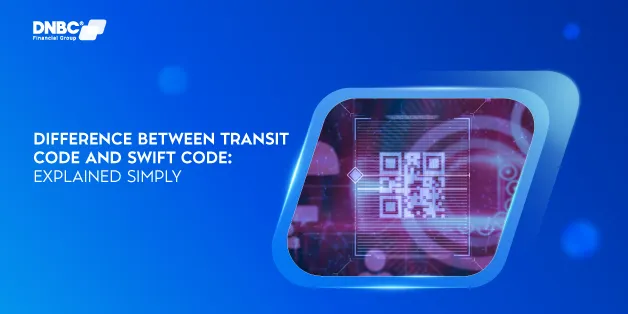
Difference Between Transit Code and SWIFT Code: Explained Simply
01 October 2025
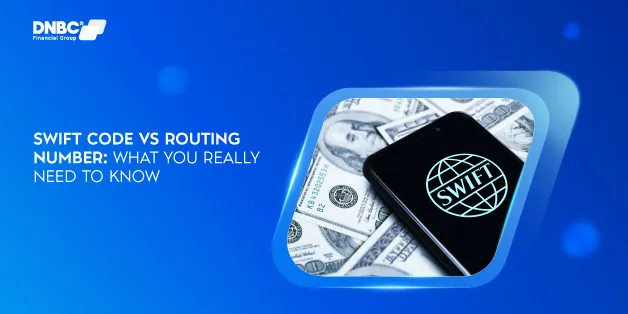
Swift Code vs Routing Number: What You Really Need to Know
01 October 2025
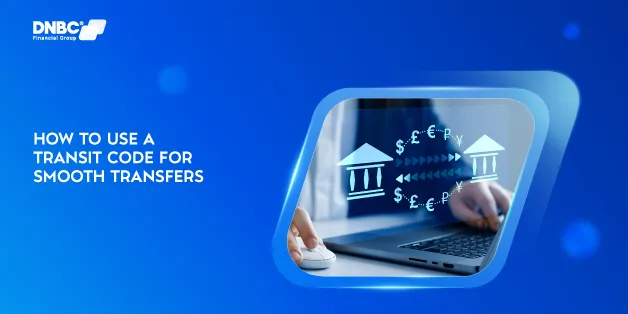
How to Use a Transit Code for Smooth Transfers
01 October 2025
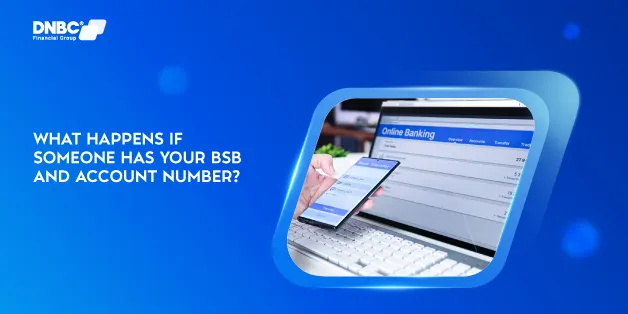
What Happens If Someone Has Your BSB and Account Number?
01 October 2025
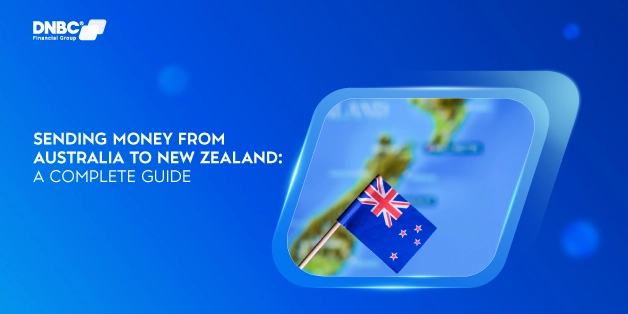
Sending Money from Australia to New Zealand: A Complete Guide
01 October 2025